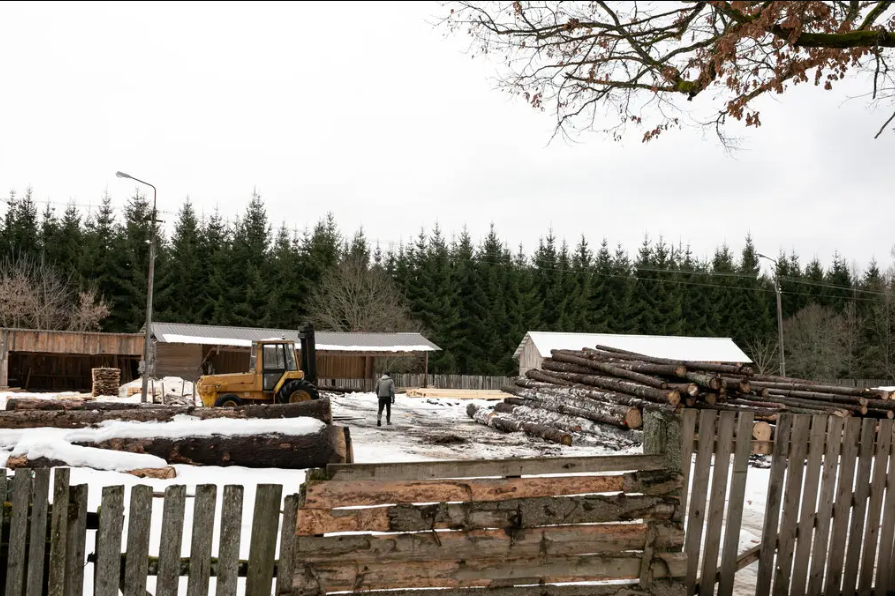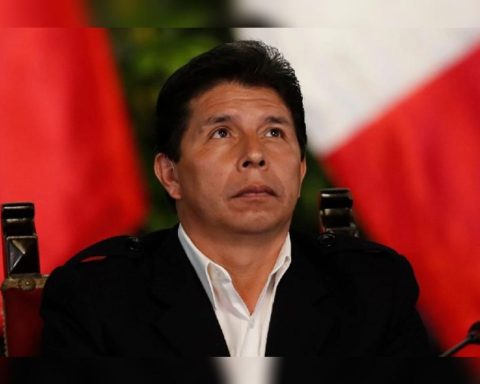ASUNCION, 10-29-2022 (Chaco 4.0) – A recent study carried out by the Humboldt University of Berlin indicates that Europe still conserves 13,800 square kilometers of virgin forests spread over 34 countries (1). On an area of 10,530,000 square kilometers, this implies 0.13% of the territory that still has untouched redoubts, especially in mountainous or very steep regions. They are ecosystems of high biodiversity value but are not entirely safe from predation. It has been found that some areas of primary forest are currently being cleared mainly in Romania, Slovakia and in some Balkan countries. A growing demand for bioenergy, together with high rates of illegal logging, are leading to the destruction of this irreplaceable natural heritage, often without even understanding that the forest being cut is primary (2).
INTENSIVE USE – The European forest inventory indicates that 11.9% are established forests and the rest is made up of so-called semi-natural forests. This category is relatively new as a concept and corresponds to the recovery processes of forests that have lost their original condition due to human action. They combine native species, their regeneration and the introduction of exotic or naturalized species.
Semi-natural forests correspond to 7% of the total forest surface in the world, but in Europe they reach 88% of the forest mass. These forests provide more than half of the industrial wood produced worldwide, and their area and productivity are increasing markedly (3).
Europe’s forest area is 161 million hectares. As there are no legal, economic or environmental factors that prevent it, 134 million are under an intense extraction regime. The Humboldt record reveals that 42% of these forest resources are converted into biomass for energy production. This chapter is key in Europe, which has its largest source of renewable energy in biomass, contributing 60% of renewable energy consumption, just over 10% of total energy consumption in the old continent. Of the remaining total forests, 24% is used for sawmills, 17% for paper production and 12% for wood panel manufacturing.
MODEL UNDER DISCUSSION – Europe has managed to stabilize a self-sustaining model in the consumption of biomass from its forests. The FAO estimates that in the last 30 years, the area of commercially exploitable forests has increased by 47%, growing at a rate of half a million hectares per year. However, the process is not without controversy.
While burning fossil fuels introduces additional carbon into the atmosphere that cannot be fully absorbed by natural sinks, emissions from biomass combustion from sustainable forest management are offset by the growth of the trees where the fuel was produced. Some newspaper articles suggest that forest residues should be left on the ground to decompose slowly, which is absurd, since the CO2 will still end up in the atmosphere and without replacing the harmful emissions generated by fossil fuels (4).
LESSONS TO BE LEARNED – In Paraguay we are learning an important lesson: develop while taking care of the environment. But this is a very recent prerequisite incorporated into the regulatory standards for land use.

In the agrarian statute of 1963, it was enough for the then Rural Welfare Institute to verify that the lands to be awarded in agrarian reform demonstrated, due to their location and agrological conditions, to be suitable for undertaking an agricultural colonization. That is, to cultivate it and raise cattle. In no part of said statute is the change of land use prohibited or limited, that is, its clearing for agricultural and livestock purposes. Moreover, when it came to obtaining loans and offering guarantees, a plot covered with virgin forest was considered “unproductive” land for agricultural purposes. Only from 1973 with the new forestry law, the modification of the agrarian statute in 2001 and the zero deforestation law of the Eastern region of 2004 began to tighten the vigilance in that of the efficient use of the land, its rational use with sustainability environment and observing the environmental legal provisions in force. This has made it possible to conserve some 2,700,000 hectares of native forests in the Eastern region and maintain the forest cover of the Chaco at 40%, that is, 13.2 million hectares (5). In total, 16 million hectares. Not bad for a country that is barely 3.8% of the European area.
Europe offers us a model to follow. But some of its referents should abandon their pedestal as judge and jury and understand that, with mistakes and setbacks, in Paraguay we are beginning to do things well.
And without owing anyone an explanation.
- https://www.abc.es/ciencia
- Miroslav Svoboda, a scientist at the Prague University of Life Sciences.
- FAO, Global Forest Resources Assessment 2000 and 2005
- https://www.retema.es/actualidad/europa-defiende-uso-biomasa-como-fuente-energia-renovable-ante-lobbies
- https://chaco40.com/2022/09/fin-del-relato-se-conoce-el-nuevo-inventario-forestal-del-paraguay

















